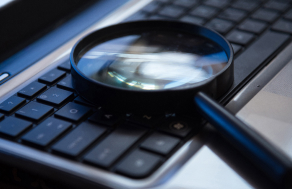Becoming a Site Visitor






Site Visitor Qualifications:
To qualify as an apprentice site visitor, an individual must have attended a JRCERT accreditation seminar and be able to demonstrate the ability to make a positive contribution to the accreditation process by documenting the following criteria to the satisfaction of the JRCERT:
- Knowledge and understanding of professional radiologic sciences education
- Knowledge and understanding of JRCERT accreditation standards
- Appropriate professional experience
- Appropriate professional certification
- Involvement with a JRCERT accredited program or recognized clinical setting
Please note: The greatest need for JRCERT site visitors is currently in magnetic resonance, medical dosimetry, radiation therapy, and radiography practitioners. Individuals completing a radiography application who are not practitioners will be eligible to attend a workshop; however, an assignment to a site visit may not occur for some time.
Site Visitor Testimonials
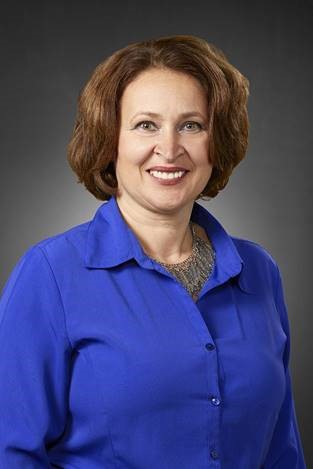
“I decided to become a JRCERT site visitor because I was so impressed by the site visitors who came to our college in 2014. They were enthusiastic, knowledgeable, kind, firm, and well equipped to review our practices. We take great pride in our program and programmatic accreditation. Having peers from a different institution validate our hard work, offer suggestions for improvement, and encourage us to continue was inspiring. I also became a site visitor because I believe in promoting our profession through continuous review, adherence to best practices, a robust system of checks and balances, and a comprehensive curriculum. I believe that meeting other program officials, radiographers, and students is refreshing. Each site visit is an adventure, an opportunity to learn and recognize the great work programs do, collaborate with other site visitors, and navigate the myriad responsibilities of a team chair with expediency and diplomacy. I can bring new knowledge and ideas to my own program. If I have a thorough understanding of the standards, assessment, and accreditation, I hope that my faculty, administration, students, and clinical affiliates will have a similar level of appreciation. I take all my site visit assignments seriously. I read extensively, connect prior to the visit, ask questions, and understand how other programs operate. I do so not because I am thorough; rather, because I appreciate the work others do and I sincerely enjoy meeting and connecting with people. I often think about the positive site visits we had, and I hope to inspire others in a similar fashion. My greatest reward is the knowledge I continue to acquire through accreditation work. Being a site visitor has given me the opportunity to grow in multiple areas: accreditation practices, assessment, data collection, navigating difficult situations, listening, mentoring, communicating at multiple levels, efficiency, and flexibility. My work with the JRCERT has helped me be a better employee at the college. I am an active member of the Assessment Committee where we work on regional accreditation and institutional effectiveness. Knowing the specifics of my profession’s accreditation process helped me better collaborate with committee members from other professions. I am thankful for all the support I receive from JRCERT staff and accreditation specialists. This process would be difficult if we did not have avenues to request assistance and immediate guidance. I am a better professional, radiographer, program director, site visitor, and mentor because JRCERT personnel empowered me to be so. I appreciate the abundance of seminars, workshops, and online resources the JRCERT provides to site visitors. They help me in my voluntary work as a site visitor as well as my work as a program director and educator.”
Tuta Ionescu, Ed.D., R.T.(R)(CT)
Chair Professor | Radiologic Technology Program
Kettering College
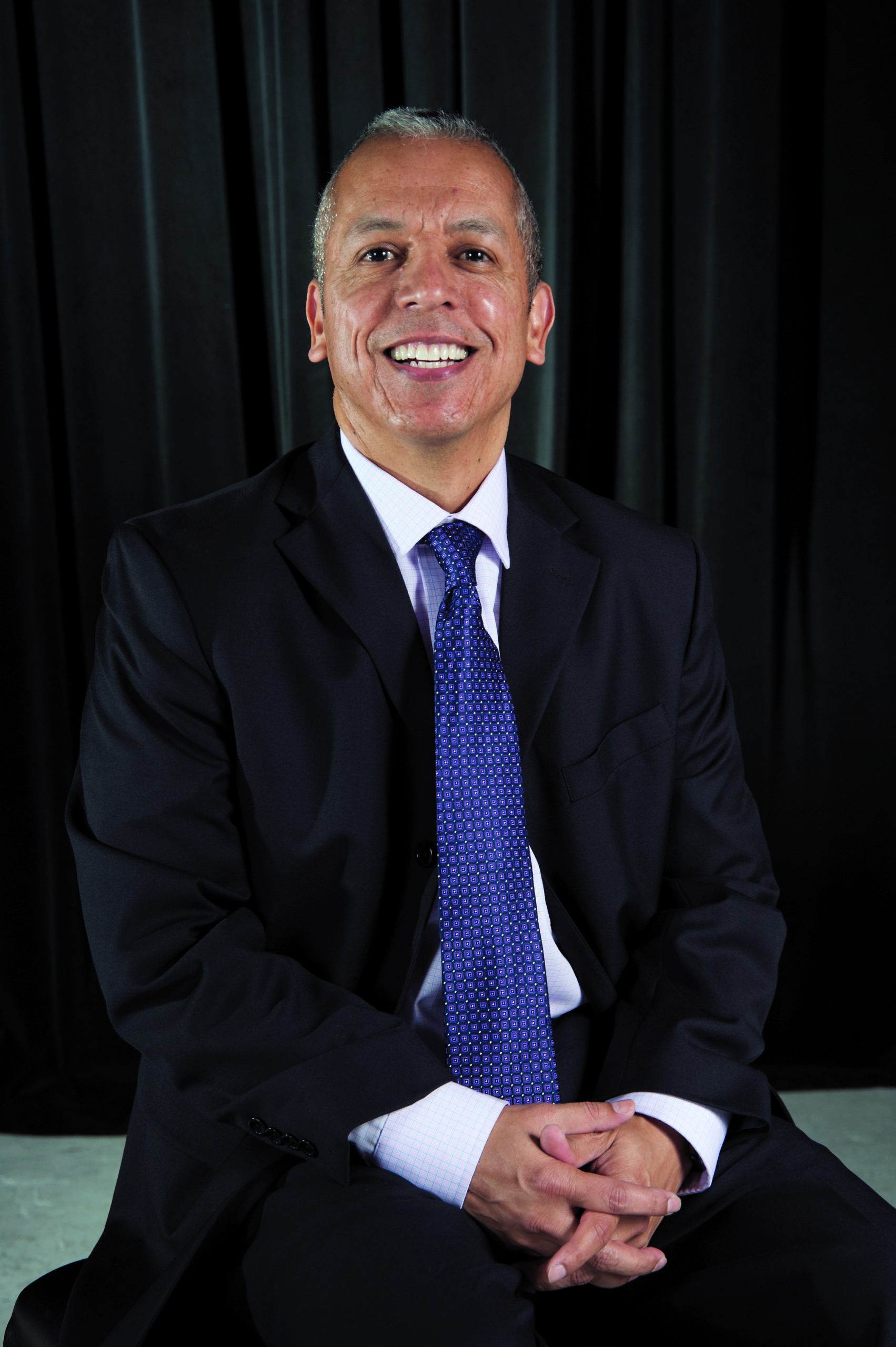
“Honestly, my previous director thought it would be a good idea for me to become a site visitor. It turned out to be the best professional decision I have ever made. I try to encourage others to submit a site visitor application. The best part of being a site visitor is being able to see firsthand how other programs operate and taking something new from each one of them. I also enjoy traveling to other parts of the US/Puerto Rico and networking. I have so many colleagues across this country that I would not have met if not for being a site visitor. The greatest reward of performing site visits is being able to share my knowledge and experience with other programs, as well as learning from the way their program operates. The peer review process has greatly improved my ability to teach and lead in our program. I have learned so much from being a site visitor and have used that information to improve our program, as well as sharing the JRCERT standards with those around me. The JRCERT accreditation process is good for maintaining a high level of quality education, which is good for the program and the students. The wealth of information and knowledge I have obtained as a site visitor has made me a much better educational professional and I am thankful for the opportunity I was afforded.”
Joe Garza, M.S., R.T.(R)
Professor, Clinical Coordinator, Faculty Advisor | Radiography Program
Lone Star College Montgomery

“When I became program director of the radiologic sciences program in 2011, I wanted to become a site visitor so I could see how other programs did things because 10/12 of our faculty graduated from our program and 9 of us attended the same Master of Science program. As a site visitor meeting educators across the country and the travel are great benefits. You also learn the Standards backwards and forwards. The greatest reward is meeting other educators. Honestly, radiologic science educators are a small group of folks, and it is so nice to meet people with the some of the same experiences and interests. Not only do you meet the educators at the program you are visiting, you also meet educators that are part of the site visit team. I have made lifelong friends with fellow site visitors. Being a site visitor has helped me to see things from a different perspective. I have never regretted being a site visitor. I recommend it for all educators.”
Kelli Haynes, Ed.D., R.T.(R)
Department Head | School of Allied Health
Northwestern State University

“The peer review process has many benefits for a site visitor: It allows for close assessment of your program’s strengths and weaknesses compared to other organizations; it provides an opportunity to see how other organizations conduct business leading to innovative ideas to take back to your program; it allows the director to work closely with the JRCERT to ensure full comprehension of the standards; it limits anxiety about your own upcoming review and site visit; and it promotes collaboration with other directors and site visitors in the profession. Overall, I have found that being a site visitor has granted the opportunity to see, understand, and implement best practices that ultimately enhance student learning in our program. I am grateful for the experiences and look forward to many more!”
Kelly McCowan, M.H.A., R.T.(R)
Program Director | Radiography Program
Rowan-Cabarrus Community College
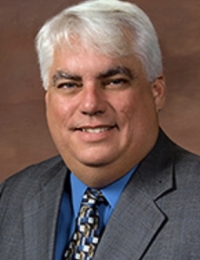
“I have always believed that the peer review method was the standard by which programmatic quality should be measured. I believed then, and I still believe, that having a set of standards is very helpful to keeping our academic profession honest and accountable. Allowing an expert to have access to your program’s procedures and processes is inherently valuable to the health of the course of study. My single greatest reward has been the valuable insights discovered during site visits that I have been able to adopt and adapt for use in my own program. A second reward is the networking opportunities that I have been afforded within my own peer group. It has been my experience that when I am either the evaluator, or the evaluated, that we freely share evaluation tools, policies, and teaching methods amongst our peers to actively make student learning outcomes more easily achieved and recorded.”
Peter Barger, M.S.Ed., R.T.(R)(CT)
Program Director | Radiologic Technology Program
Southeast Missouri Hospital College of Nursing and Health Sciences
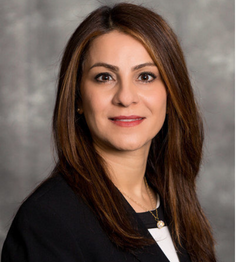
“I decided to become a JRCERT site visitor to contribute to the processes that ensure high quality student education, which translates into excellence in patient care. Visiting many educational programs in medical dosimetry expanded my professional network and provided me with an in-depth understanding of various approaches to educate the future generation of medical dosimetrists. I enjoyed every single site visit; each was a unique experience and rewarding in its own way. The peer review process of each site visit provides me with a unique opportunity to share my knowledge and skills in education and accreditation requirements with my peers and learn about some of the great things they do in their program. My overall experience as a JRCERT site visitor has enhanced my skills in student education and accreditation processes of the medical dosimetry program I lead. I highly encourage all radiologic sciences educators to get involved with the JRCERT to give back to their profession and to be a part of the driving force that promotes excellence in education and improves the quality of patient care.”
Mahsa Dehghanpour, Ed.D., CMD
Program Director | Medical Dosimetry Program
The University of Texas M.D. Anderson Cancer Center
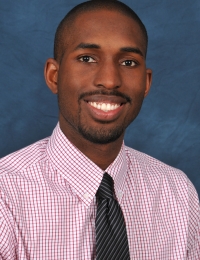
“The greatest reward has been taking part in a peer-reviewed process that has continued to uphold high standards in the education of radiologic technology. I have been able to build professional relationships and appreciate innovative learning techniques.”
Rimmon R. Greenidge, M.S., R.T.(R)(MR)
Clinical Coordinator | Magnetic Resonance Program
Thomas Jefferson University
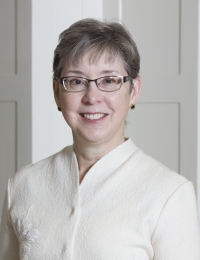
“I was looking for another means to grow my career, and this opportunity gave me the chance to meet others in the radiography education community, travel to different parts of the country and enhance my knowledge of the accreditation process. I feel the same way about being a site visitor that I feel about being a radiography educator. By helping programs reach their full potential in teaching students, I feel that I am making a difference in the imaging community as a whole. I love meeting the students and the faculty of the programs I visit. I also enjoy working with apprentice site visitors. It is very rewarding to help someone new learn the process and see them grow. Even site visitors have site visits themselves! I find the process tremendously helpful by having another set of eyes look at the program and discovering areas where the student experience can be improved. It helps to affirm what is done well and what might need improvement.”
Sandra E. Moore, M.A., R.T.(R)(M)
Director | Schools of Medical Imaging
The Johns Hopkins Hospital




